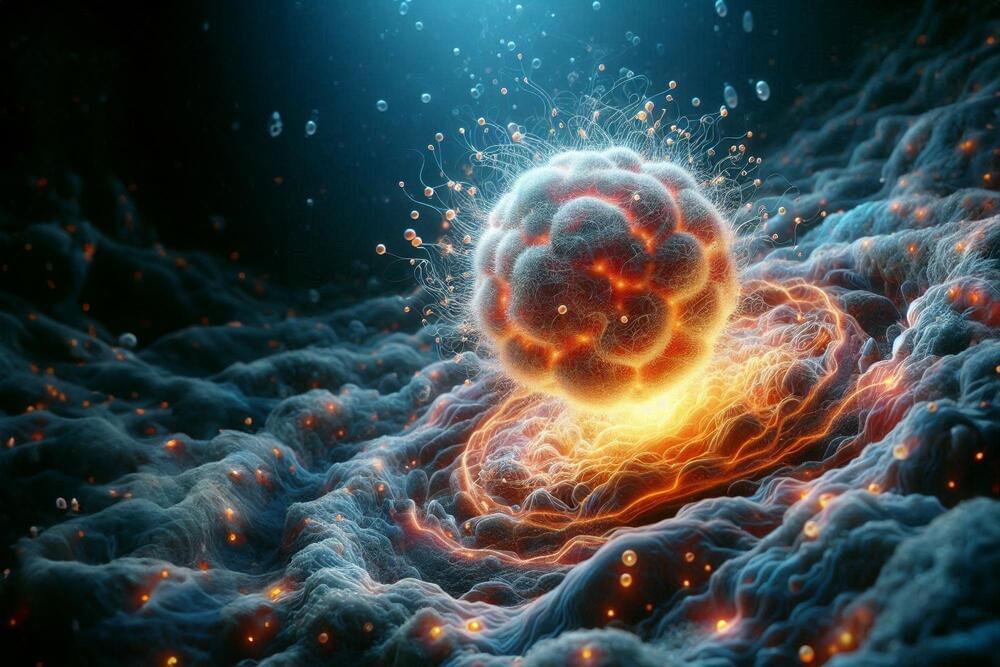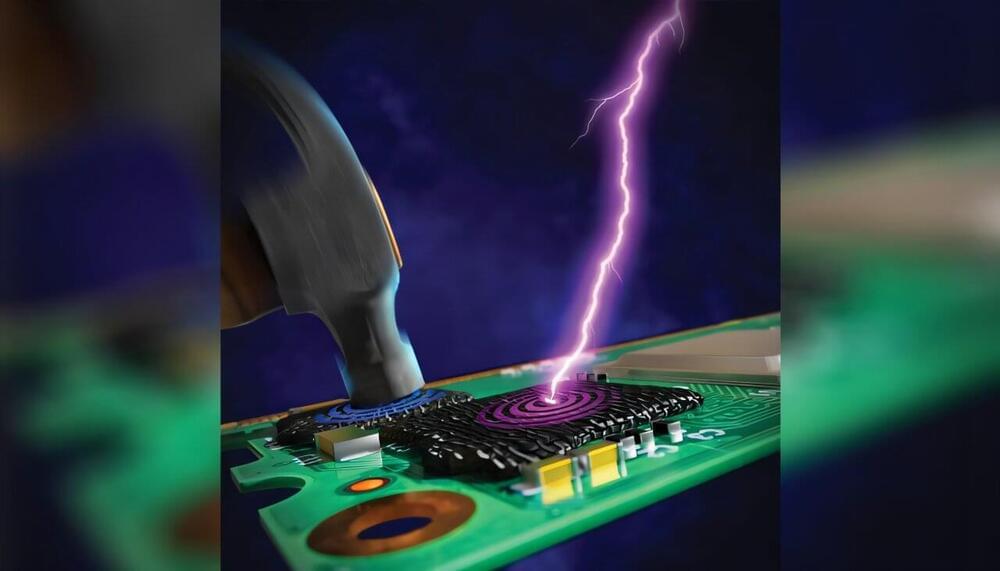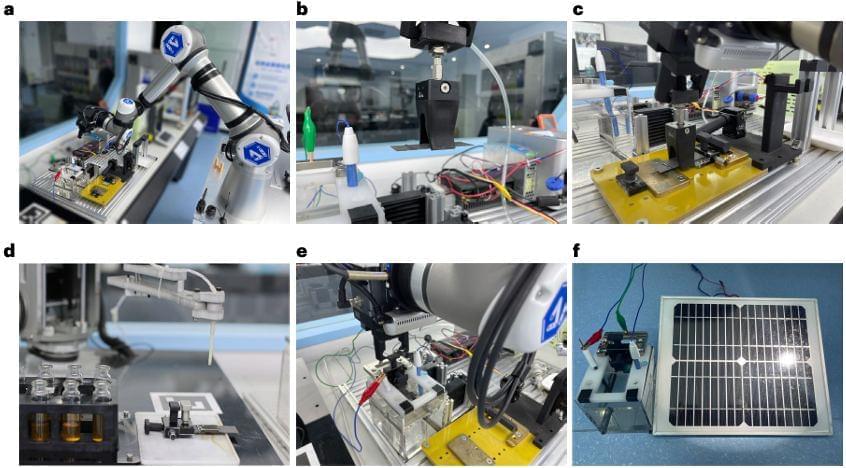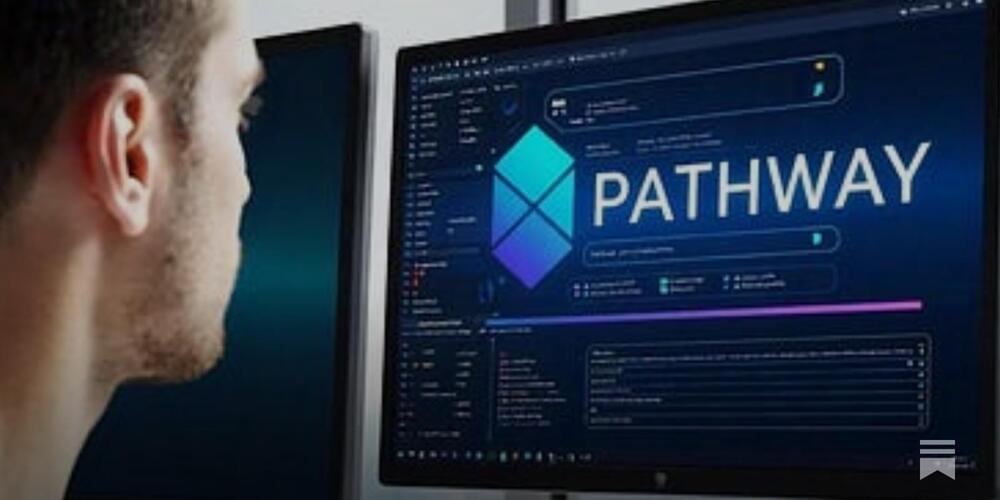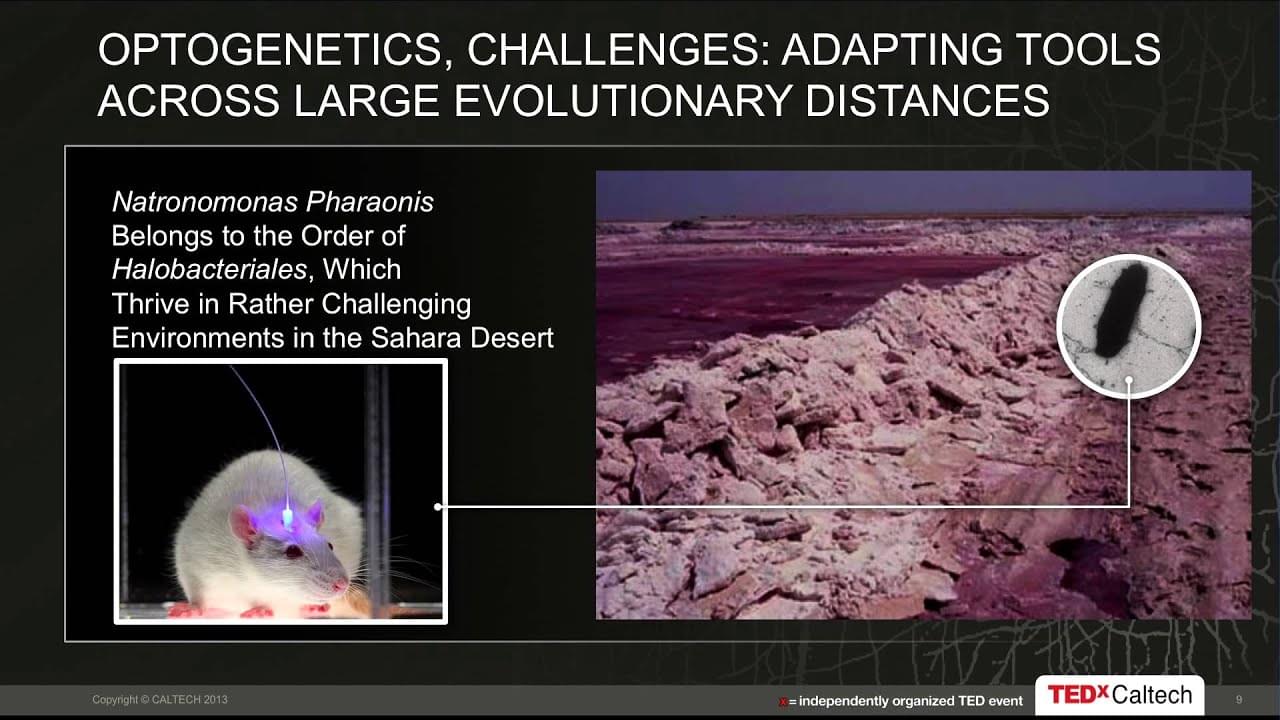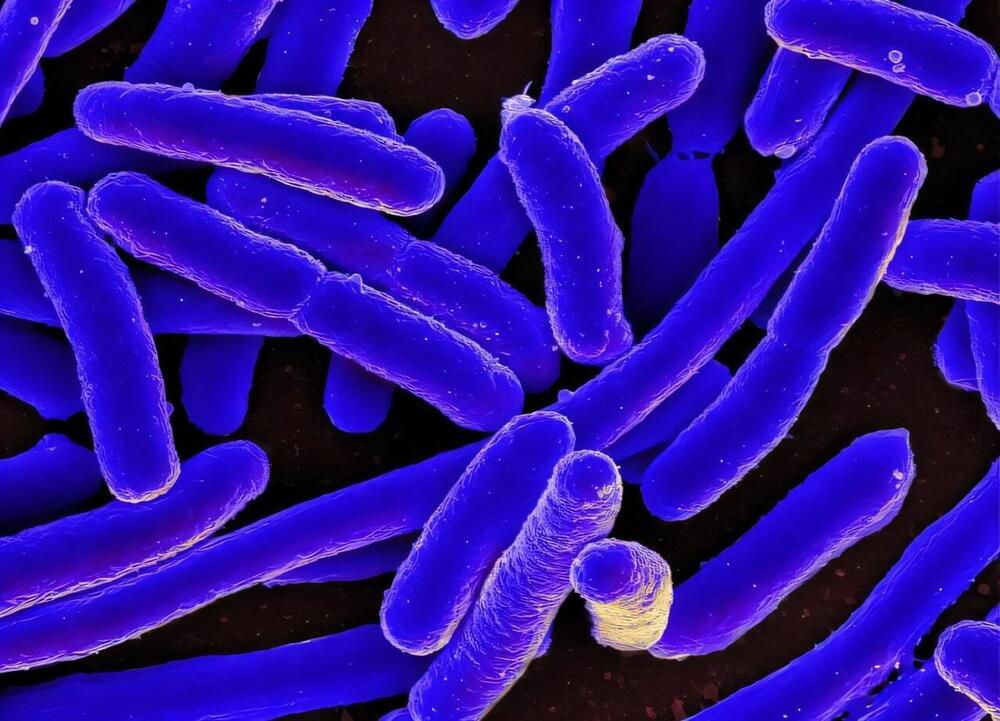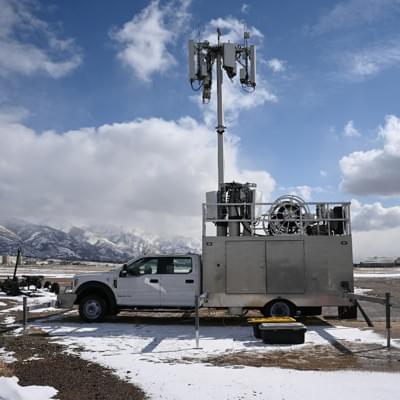Nov 29, 2024
Newly Discovered Microbe Turns Carbon Into Energy — and Sheds Light on Life’s Origins
Posted by Genevieve Klien in categories: biotech/medical, chemistry
An unusual mode of energy metabolism discovered in a newly identified microbe provides fresh insights into primitive life processes and offers promising biotechnological applications.
Unearthed in the deep springs of northern California, this organism converts carbon dioxide into energy-rich chemicals using a previously unknown metabolic pathway, potentially mimicking early life mechanisms and paving the way for advancements in microbial manufacturing and biofuel production.
Discovery of Unique Microbe.
